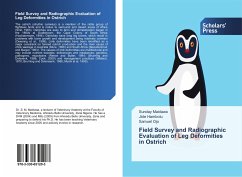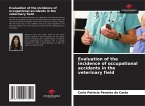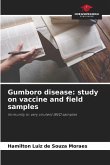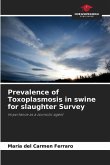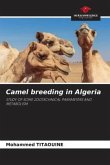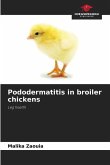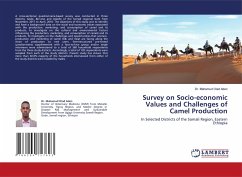The ostrich (struthio camelus) is a member of the ratite group of flightless birds and is native to semi-arid and desert areas of Africa (Smit, 1963). Ostriches are easy to farm and domestication began in the 1860s at Oudtshoorn, the Cape Colony of South Africa (Huchzerneyer, 1994). Ostriches have long leg bones, which result in problems with bone growth and development being relatively common (Deeming et al., 1996). Limb deformities have been identified as a major constraint on farmed ostrich production and the main cause of chick wastage in Australia (More, 1996) and South Africa (Bezuidenhout and Burger, 1993). The causes of limb deformities are multifactorial and may include nutrient toxicities, deficiencies and imbalances, genetics, pathogens, mycotoxins (Reece and Butler, 1984; (Brurning and Dolesenk, 1986; Cook, 2000) and management practices (Wallach, 1970; Brurning and Dolensenk, 1986; Mushi et al, 1999).
Bitte wählen Sie Ihr Anliegen aus.
Rechnungen
Retourenschein anfordern
Bestellstatus
Storno

